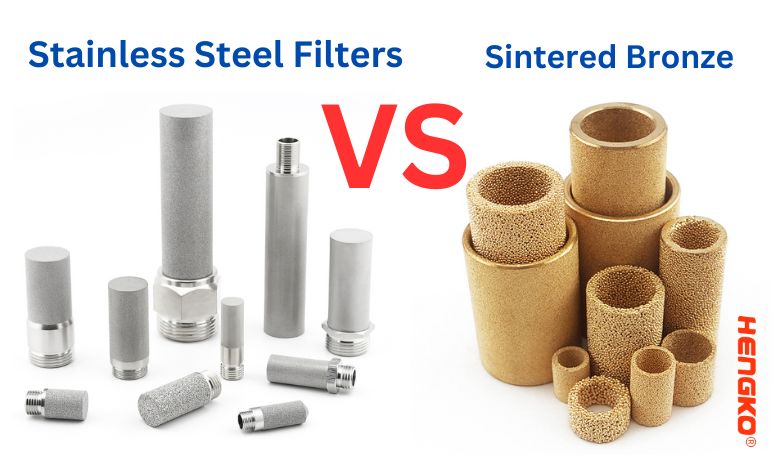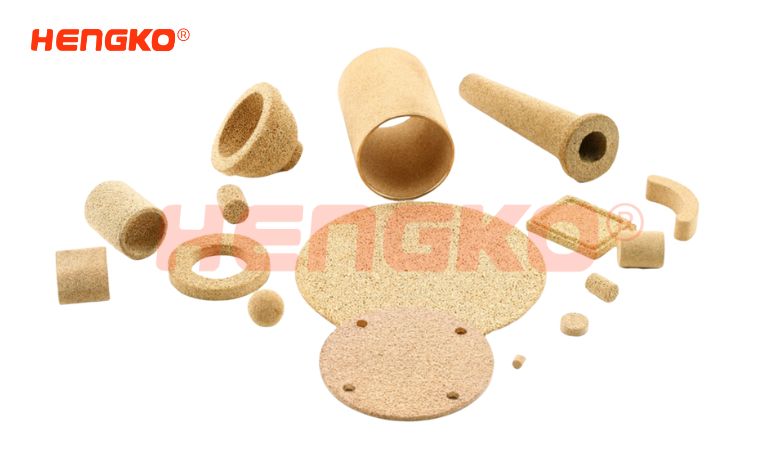Filtration Technology and Material Selection
The world around us is full of mixtures, and often we need to separate the components of these mixtures to achieve desired results. Then Filtration is a fundamental technique used to achieve this separation purpose, playing a crucial role in various industries like food and beverage, pharmaceuticals, chemicals, and environmental protection.
Filtration technology involves passing a mixture through a porous medium that allows certain components to pass through while retaining others. The pores act as tiny sieves, selectively capturing specific particles based on their size, shape, and other properties. Different types of filters exist, each suited for specific applications:
Depth filters:
These capture particles throughout their thickness, offering high capacity but lower precision. Examples include sand filters and cartridge filters.
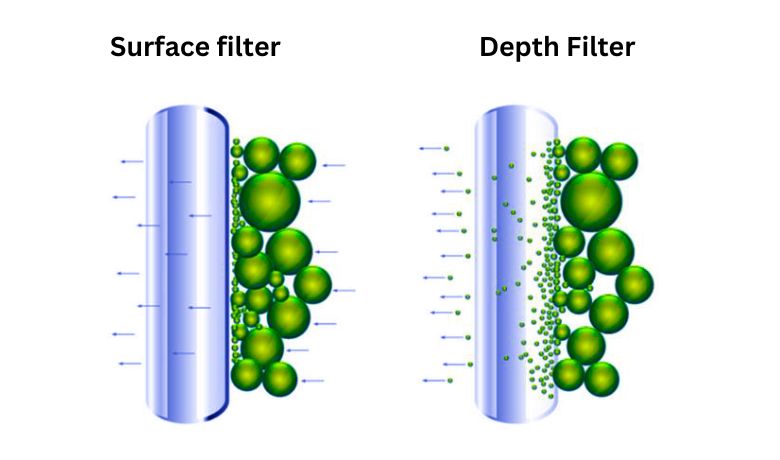
Surface filters:
These capture particles on their surface, providing high precision but lower capacity. Examples include membrane filters and screen filters.
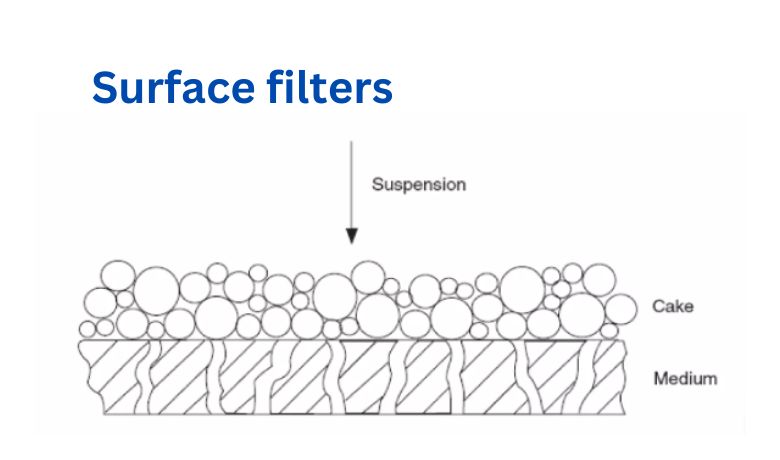
Membrane filters:
These use thin membranes with precisely sized pores to achieve highly accurate separations. They are often used in biotechnology and for sterile applications.
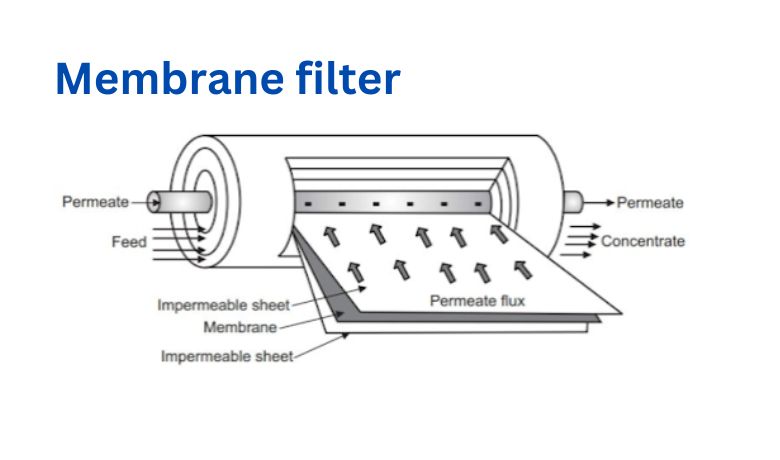
The choice of filter material is critical for its effectiveness and durability. The material must be:
* Chemically compatible:
It should not react with the filtered fluids or any contaminants present.
* Strong and durable:
It should withstand the pressure and flow of the mixture being filtered.
* Temperature resistant:
It should not degrade or warp at the operating temperature.
* Corrosion resistant:
It should not corrode in the presence of the filtered fluids or the environment.
* Biocompatible:
For filters used in food and medical applications, the material must be non-toxic and non-leaching.
So In this context, two popular filter materials stand out: sintered bronze and sintered stainless steel.
Let's delve deeper into their characteristics and compare their suitability for different applications.
Following US for the details:
What is Sintered Bronze Filter?
Sintered Bronze Filters: Strength and Versatility
Sintered bronze filters are made from tiny bronze powder particles pressed into a desired shape and then heated (sintered) to bond them together without melting the metal. This creates a porous structure with interconnected passages that allow fluids to flow through while capturing unwanted particles.
Manufacturing process:
1. Bronze powder preparation: Fine bronze powder is carefully selected and graded for particle size and purity.
2. Molding: The powder is packed into a mold under pressure to form the desired filter shape.
3. Sintering: The mold is heated in a controlled atmosphere to a temperature just below the bronze melting point. This fuses the powder particles together without closing the pores.
4. Finishing: The sintered filter is cleaned, deburred, and may undergo additional treatments like surface modification.
Key properties:
* High porosity and permeability: Large surface area and interconnected pores allow good flow rates with low pressure drops.
* Excellent filtration efficiency: Can capture particles down to 1 micron in size, depending on the pore size.
* Corrosion resistance: Bronze is resistant to many fluids and chemicals, making it suitable for diverse applications.
* High temperature resistance: Can withstand temperatures up to 200°C (392°F).
* Good shock resistance: Handles pressure fluctuations and vibrations well.
* Biocompatible: Safe for use in food and medical applications.
Applications:
* Fluid filtration: Fuels, lubricating oils, hydraulic fluids, compressed air, gases, chemicals.
* Pneumatic systems: Silencers, breathers, dust filters.
* Liquid dispensing: Faucet aerators, spray nozzles.
* Fuel cells: Gas diffusion layers.
* Food and beverage industry: Filtration of beer, wine, juices, syrups.
* Medical devices: Sterile air filters, blood filters.
What is Sintered Stainless Steel Filter?
Sintered Stainless Steel Filters: Durability and Precision
Sintered stainless steel filters are also made through powder metal technology,
but they use stainless steel powder instead of bronze. This difference in material gives them
unique properties and expands their application range.
Manufacturing process:
Similar to sintered bronze filters, but uses stainless steel powder and may require higher sintering temperatures.
Key properties:
* Superior strength and durability: Stainless steel is stronger and more wear-resistant than bronze, making it ideal for demanding applications.
* Higher temperature resistance: Can withstand temperatures up to 450°C (842°F).
* Excellent corrosion resistance: Resists a wider range of corrosive fluids and chemicals than bronze.
* Good filtration efficiency: Achieves high precision filtration down to 0.5 microns.
* Biocompatible: Suitable for food and medical applications.
Applications:
* High-pressure and high-temperature filtration: Chemical industry, power plants, aerospace.
* Filtration of corrosive fluids: Acids, alkalis, salts.
* Sterile filtration: Pharmaceutical industry, medical devices.
* Fine particle filtration: Electronics, paints, pigments.
* Catalyst supports: Chemical reactors.
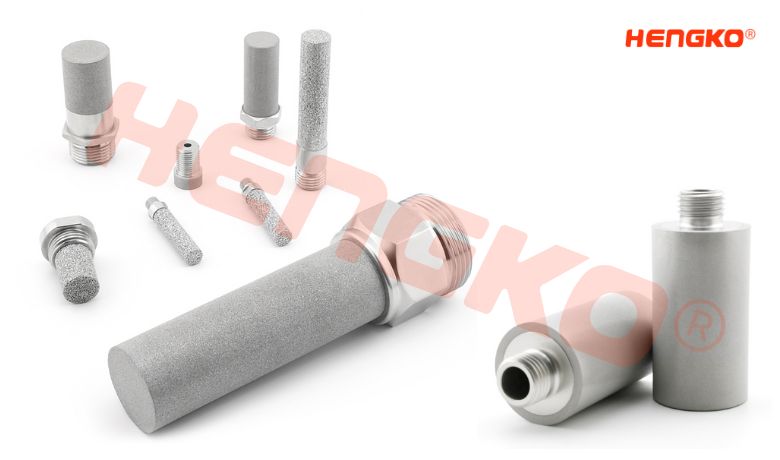
Both sintered bronze and sintered stainless steel filters offer distinct advantages and cater to various filtration needs.
Choosing the right one depends on factors like the type of fluid being filtered, operating temperature and pressure,
required filtration efficiency, and cost.
Comparative Analysis
Comparative Analysis of Sintered Bronze and Stainless Steel Filters
Material Properties:
|
Feature |
Sintered Bronze |
Sintered Stainless Steel |
|---|---|---|
|
Durability |
Good |
Excellent |
|
Corrosion Resistance |
Good |
Excellent (wider range) |
|
Temperature Tolerance |
200°C (392°F) |
450°C (842°F) |
Filtration Efficiency:
| Feature | Sintered Bronze | Sintered Stainless Steel |
|---|---|---|
| Pore Size | 1–100 microns | 0.5–100 microns |
| Flow Rates | High | Moderate to high |
| Filtration Precision | Good | Excellent |
Applications:
| Industry | Sintered Bronze | Sintered Stainless Steel |
|---|---|---|
| Food & Beverage | Yes | Yes (preferred for high temp/corrosion) |
| Chemicals | Limited (certain fluids) | Yes (wide range) |
| Medical | Yes (biocompatible) | Yes (biocompatible, sterile filtration) |
| Aerospace | Limited | Yes (high pressure/temperature) |
| Electronics | Limited | Yes (fine particle filtration) |
Maintenance and Lifespan:
| Feature | Sintered Bronze | Sintered Stainless Steel |
|---|---|---|
| Cleaning | Backflush, ultrasonic cleaning | Similar, may require stronger cleaning methods |
| Durability | Good | Excellent |
| Replacement Frequency | Moderate | Low |
Pros and Cons
Sintered Bronze Filters:
Pros:
* Lower cost
* Good overall performance
* Biocompatible
* High flow rates
Cons:
* Lower temperature tolerance than stainless steel
* Less resistant to some corrosive fluids
* May require more frequent cleaning
Sintered Stainless Steel Filters:
Pros:
* Superior strength and durability
* Excellent corrosion resistance
* Higher temperature tolerance
* High filtration precision
Cons:
* Higher initial cost
* Lower flow rates compared to bronze
* May require stronger cleaning methods for certain applications
Cost Analysis:
* Initial cost: Sintered bronze filters are generally cheaper than stainless steel filters of the same size and pore size.
* Long-term cost-effectiveness: Depending on the application, stainless steel filters may be more cost-effective in the long run due to their longer lifespan and lower need for frequent replacements.
So The choice between sintered bronze and stainless steel filters ultimately depends on the specific needs of your application.
Consider factors like operating temperature, fluid type, required filtration precision, and budget constraints to make the best decision.
Application
Here are some real examples showcasing the diverse applications of sintered bronze and stainless steel filters:
Sintered Bronze Filters:
Fuel Dispensing Systems:
* Sintered bronze filters are used in fuel pumps and dispensers to trap dirt and debris,
protecting sensitive fuel injection systems in vehicles and ensuring clean fuel delivery.
Food and Beverage Processing:
* Breweries use sintered bronze filters to remove yeast and other particles from beer, ensuring clarity and flavor.
* Wineries use them for similar purposes in wine production.
* Juice and syrup manufacturers also rely on bronze filters to remove pulp and impurities, producing clear and consistent products.
Pneumatic Systems:
* In air compressors, bronze filters remove dust and moisture from compressed air, protecting downstream equipment and ensuring clean air supply for tools and machinery.
* Silencers and breathers in pneumatic systems often use sintered bronze elements for sound attenuation and contaminant removal.
Medical Devices:
* Some blood filtration devices use sintered bronze filters for their biocompatibility and ability to capture small particles.
Sintered Stainless Steel Filters:
Chemical Processing:
* Chemical plants use stainless steel filters to handle high temperatures, corrosive fluids, and fine particle filtration, ensuring product purity and process safety.
* Examples include filtering acids, alkalis, salts, and other aggressive chemicals.
Pharmaceutical Industry:
* Stainless steel filters are essential for sterile filtration of injectable drugs, ensuring patient safety and product quality.
Aerospace:
* Aerospace components often require high-pressure and high-temperature filtration, which stainless steel filters can reliably handle.
* Examples include fuel systems, hydraulic systems, and lubrication systems.
Electronics Manufacturing:
* Fine particle filtration is crucial in electronics manufacturing to protect sensitive components from contamination.
* Stainless steel filters effectively remove dust, debris, and even bacteria from liquids and gases used in electronics production.
Fuel Cells:
* Sintered stainless steel filters are used as gas diffusion layers in fuel cells, allowing for efficient transport of gases while filtering out impurities.
Water Filtration:
* Stainless steel filters with varying pore sizes are used in water purification systems to remove contaminants like sediment, bacteria, and even viruses, providing clean drinking water.
FAQ
1. What are sintered filters, and how do they work?
Sintered filters are porous metal structures made by heating metal powder until the particles bond together without melting. This creates interconnected pores that allow fluids or gases to pass through while capturing unwanted particles based on their size. Imagine them as tiny sieves made of metal!
2. What are the different types of sintered filters?
The most common types are:
- Sintered bronze: Good for general-purpose filtration, food and beverage applications, and moderate temperatures.
- Sintered stainless steel: Offers superior strength, corrosion resistance, and high-temperature tolerance for demanding applications like chemicals and aerospace.
- Other metals: Nickel, titanium, and silver sintered filters find specialized uses in medical, food, and chemical industries.
3. What are the advantages of using sintered filters?
- High efficiency: Capture particles down to 0.5 microns in size.
- Durable and reusable: Last for years with proper cleaning.
- Wide range of applications: Suitable for various fluids, gases, and temperatures.
- Biocompatible: Safe for food and medical applications (certain metals).
- Easy to clean: Backflush or ultrasonic cleaning often suffices.
4. What are the limitations of sintered filters?
- Initial cost: Can be higher than some disposable filter options.
- Clogging: Susceptible to clogging with heavy loads of contaminants.
- Flow rate: Some types may have lower flow rates than non-sintered filters.
- Limited pore size: Not suitable for ultra-fine particle filtration (below 0.5 microns).
5. How do I choose the right sintered filter for my application?
Consider:
- Type of fluid or gas you are filtering.
- Size of particles you need to capture.
- Operating temperature and pressure.
- Flow rate requirements.
- Budget constraints.
Consult with a filter manufacturer or engineer for specific recommendations.
6. How do I clean a sintered filter?
Cleaning methods depend on the type of filter and the contaminants. Backflushing, immersion in cleaning solutions, ultrasonic cleaning, or even reverse flow are common methods. Always follow the manufacturer's instructions.
7. How long do sintered filters last?
With proper maintenance, they can last for years or even decades. Regular cleaning and inspection are key to maximizing their lifespan.
8. Can I recycle sintered filters?
Yes! The metal material in sintered filters is often recyclable, making them an environmentally friendly choice compared to disposable filters.
9. Are there any safety concerns with using sintered filters?
Always follow manufacturer's handling and cleaning instructions to avoid injury. Hot filters or filters under pressure can pose risks.
10. Where can I buy sintered filters?
Sintered filters are available from filter manufacturers, distributors, and online retailers.
Choose HENGKO as your first supplier with over 20-experience in OEM Sintered filters ,
must can supply best solution for your specific application.
Anyway, I hope these answers provide a helpful overview of sintered filters.
Feel free to ask if you have any further questions!
Post time: Jan-10-2024
